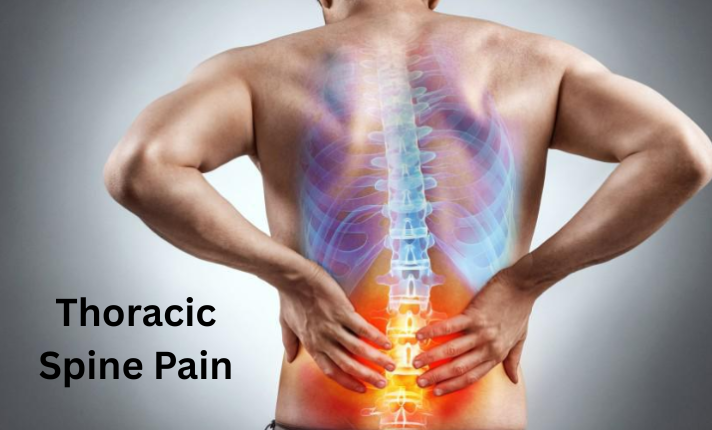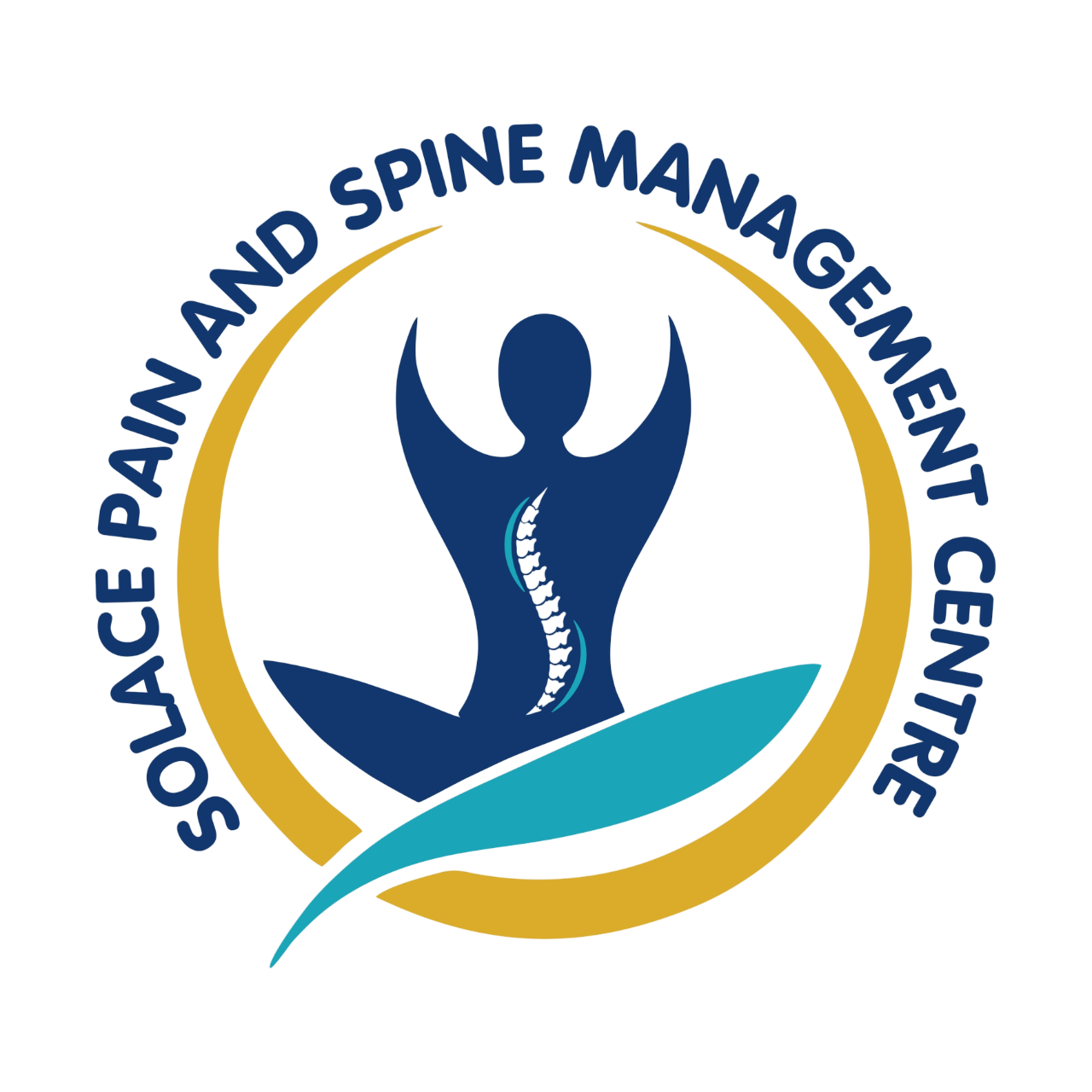
The thoracic spine, located in the mid-back region, plays a crucial role in supporting the upper body and maintaining posture. Unlike the cervical and lumbar spine, the thoracic spine is less prone to movement-related injuries but can still develop pain due to various conditions. Thoracic spine pain can be sharp, burning, or dull and is often caused by poor posture, muscle strain, degenerative disc disease, spinal fractures, or conditions like scoliosis.
One of the leading causes of thoracic spine pain is poor posture, especially from prolonged sitting, hunching over desks, or looking down at screens. This can lead to muscle imbalances, spinal misalignment, and chronic pain. Other causes include compression fractures, often seen in osteoporosis patients, and herniated thoracic discs, which can irritate nearby nerves and cause radiating pain.
Symptoms may include localized pain, stiffness, difficulty breathing deeply, and radiating discomfort to the chest or ribs. If left untreated, thoracic spine pain can impact mobility and overall quality of life.
Treatment approaches include postural corrections, physical therapy, medications, trigger point injections, and interventional procedures like facet joint blocks and epidural steroid injections. In severe cases, minimally invasive surgical interventions may be recommended.
At Solace Pain and Spine Management, we specialize in non-surgical and interventional pain management techniques to relieve thoracic spine pain and improve spinal health.
Thoracic Spine Pain – FAQs
What causes pain in the middle of the back?
Causes include poor posture, muscle strain, herniated discs, fractures, and spinal arthritis.
Is thoracic spine pain serious?
It can be mild or severe. Persistent pain should be evaluated to rule out underlying conditions.
How is thoracic spine pain treated?
Treatment may involve physical therapy, pain medications, spinal injections including epidural, facet joint injections and lifestyle modifications.
Can poor posture cause thoracic spine pain?
Yes, slouching or prolonged sitting can lead to mid-back pain and stiffness.
Are there exercises to help with thoracic spine pain?
Yes, stretching, strengthening exercises, and maintaining good posture can reduce discomfort.
Expertise
EXCELLENTTrustindex verifies that the original source of the review is Google. Dr Manoj Sharma is not only a skilled professional but also compassionate. I felt genuinely cared for during my visit.”Posted onTrustindex verifies that the original source of the review is Google. Best Doctor ,best work,no pain 🥰♥️Posted onTrustindex verifies that the original source of the review is Google. Solace is the only place where a patient can truly relax and be free from pain. Dr. Manoj and his team have exceptional expertise in pain management. I can personally vouch for their incredible care and professionalism. After my experience, I no longer search for any other place — I highly recommend them to anyone in need of pain relief."Posted onTrustindex verifies that the original source of the review is Google. Excellent pain physician 👍👍Posted onTrustindex verifies that the original source of the review is Google. Dr Manoj Sharma is a good experienced doctor in the field of pain management.If anyone suffering from any kind of neck ,head, spine, backbone pain then must consult dr Manoj sharma once.Posted onTrustindex verifies that the original source of the review is Google. Dr. Manoj Sharma is experienced, skilled, and truly cares about their patients. Their personalized treatment helped me recover quickly and improve mobility.Posted onTrustindex verifies that the original source of the review is Google. I had a neck pain from months,some told me about solace ,I had a great experience with the doctors.my neck pain is much better now .
